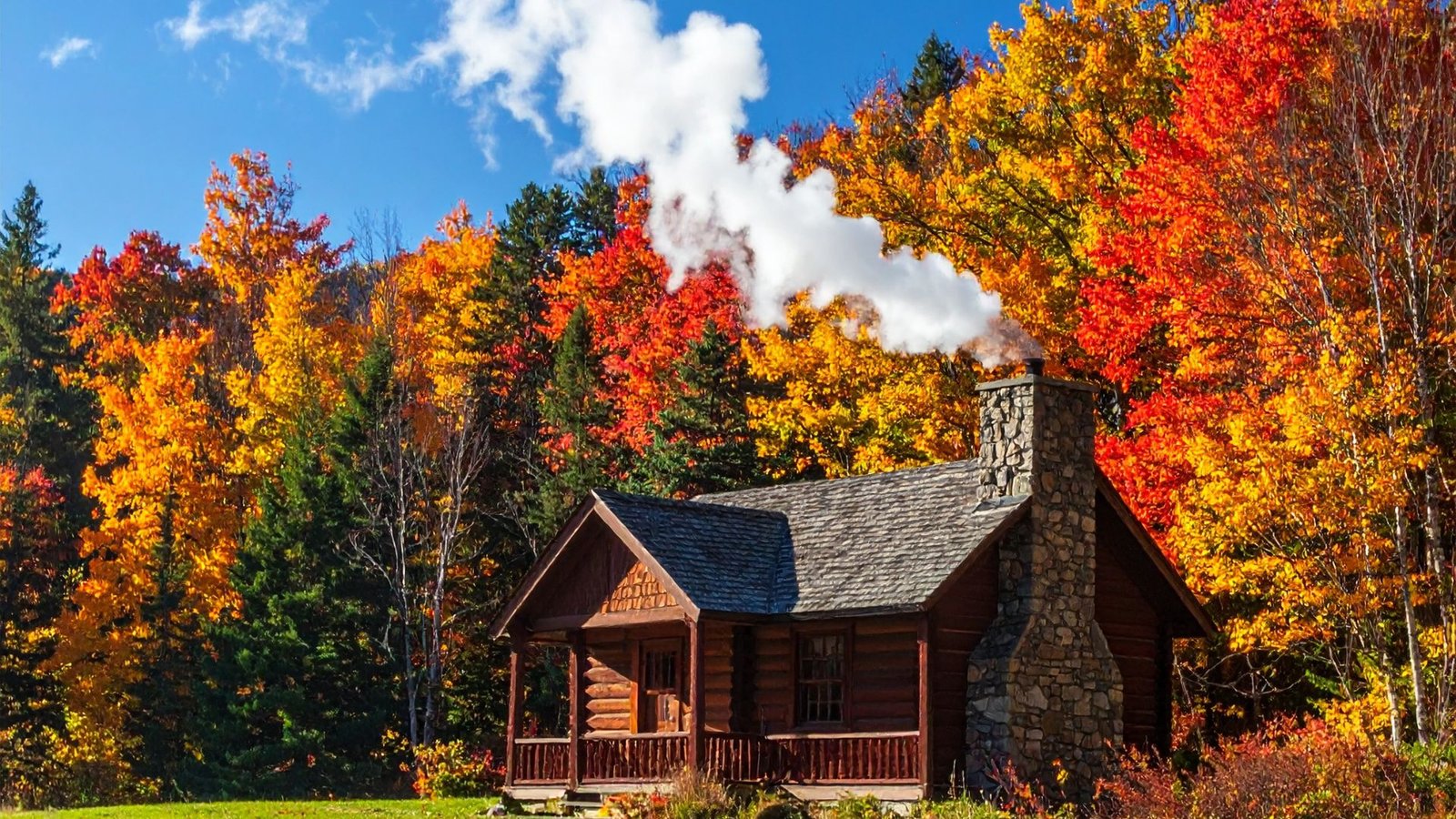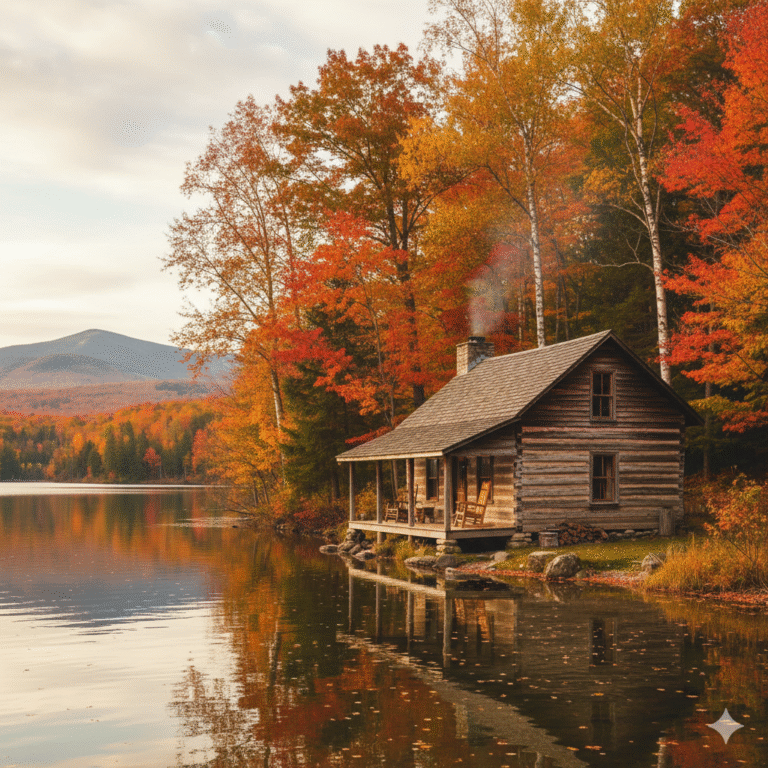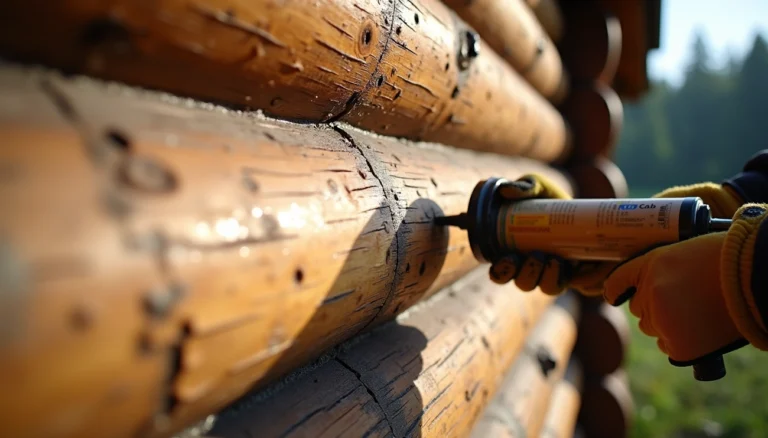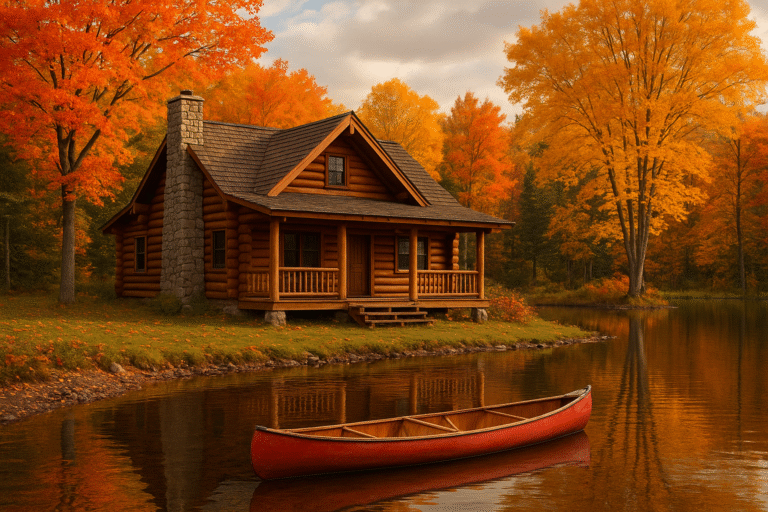Tiny Cabin vs Standard Cabin: Which Actually Saves You More Money?
Looking to decide between a tiny cabin and vs standard cabin? The numbers tell an interesting story. A tiny house costs between $20,000 and $60,000, while the average U.S. home price has reached nearly $400,000. Some cities have seen prices climb even higher, double that amount.
These dramatic price differences make us think hard about our housing choices. Building a tiny house often costs less than buying one, and the lower price tag means you can skip the big mortgage and long-term debt. A tiny house’s size affects more than just your living space. You’ll pay less for utilities, property taxes, and home maintenance. Tiny homes are usually cheaper to build, and they shine when it comes to energy efficiency and simpler systems.
Let’s dive into the real financial picture of these housing options. We’ll explore the hidden costs and help you figure out which choice could save you more money down the road.
Cost Breakdown: Tiny Cabin vs Standard Cabin

Let’s get into the dollars and cents of tiny cabins vs standard cabins. The financial differences might surprise you.
Original build or purchase cost
The cost gap between tiny homes and traditional houses is big. Tiny houses typically cost $30,000 to $60,000 if you build them yourself, while custom-designed models can go up to $150,000 or more. The average traditional home in the United States costs $428,700.
The price per square foot tells an interesting story. Tiny homes cost around $300 per square foot, which is higher than traditional homes at $150 per square foot. But don’t let that fool you – tiny cabins are still 87% cheaper than standard-sized houses overall.
Utility and energy expenses
Living tiny means your monthly bills drop substantially. You’ll pay $20 to $50 for electricity, $20 to $40 for water, and $20 to $50 for heating and cooling. The total utility bill for a tiny house runs between $100 $250 each month.
The numbers show that tiny homes use about 60% less energy per person than standard houses and cut water usage by 90%. These savings add up month after month.
Hidden costs: permits, land, and hookups
The structure itself isn’t your only expense. Building permits cost $900 to $2,500, and property taxes run $200 to $1,000 yearly.
Land is a major cost factor. Rural properties range from $3,000 to $60,000 per acre, while urban areas cost $8,000 to $200,000 per acre. On top of that, it costs $3,000 to $12,500 to wire a standard tiny house.
Most lenders won’t give traditional mortgages for tiny homes. You’ll likely need personal loans with higher interest rates.
Is it cheaper to buy or build a tiny house?
A DIY tiny house costs between $20,000 and $80,000, while ready-made or used tiny houses run from $30,000 to $100,000. Building your own saves money but takes lots of time.
Custom-built tiny homes cost $60,000 to $100,000, and luxury versions can cost more than $150,000. Building yourself gives you full control and potential savings, while buying pre-built lets you move in right away with less hassle.
Living Space and Daily Comfort
Space limits affect every part of tiny living. You must understand the size differences between these housing options to make an informed decision.
Standard tiny house size vs cabin dimensions
Tiny houses measure under 500 square feet. They are usually 8 feet wide, 18-40 feet long, and about 13.5 feet tall. A 144-square-foot layout is enough for couples, while families might just need 320-432 square feet.
Cabins give you more room to work with. These traditional structures range from 200 to 700 square feet or more. They offer better flexibility for multiple uses. Cabins do more than just provide living space – they have room for storage areas and office spaces too.
Storage and layout efficiency
Small living requires smart organization. Tiny homes shine with their innovative storage ideas:
- Sofas that transform into beds at night
- Murphy beds that fold away
- Storage is built right into the stairs
- Furniture that serves multiple purposes, like kitchen islands, can be used as desks
Smart design can’t solve everything. Storage limits create one of tiny living’s biggest problems. Most people must cut down their belongings substantially, which hits hard if you love space-hungry hobbies like painting or woodworking. It also makes kitchen work tougher with limited counter space.
Suitability for families or long-term living
Yes, families can thrive in tiny spaces. Parents with kids usually pick larger models (28-40 feet). Many add outdoor storage sheds for seasonal items and recreational gear.
Privacy becomes an issue in minimal space. Loft bedrooms with ladder access create problems for people with physical limitations, young children, or pets. Having guests over gets tricky without proper dining areas.
Families often discover unexpected benefits. They build closer bonds and spend more time outdoors. Kids learn to value experiences over things. Living close together helps everyone become better at communication and solving problems together.
Maintenance and Long-Term Upkeep
Maintaining your tiny or standard cabin demands different approaches to upkeep. The maintenance investment varies substantially between these housing options, impacting your long-term satisfaction and budget.
Cleaning and repair frequency
The compact nature of tiny homes brings a distinct cleaning reality—less space means faster cleaning, but also requires more frequent attention. I need to clean my tiny cabin much more often since one messy area immediately affects the entire space. Deep cleaning should happen one to three times yearly, with daily maintenance preventing dirt buildup.
For tiny homes, everyday cleaning becomes essential—dishes can’t sit in small sinks, and cooking odors spread throughout the entire space. In fact, deep cleaning tasks should ideally be tackled weekly to maintain a comfortable living environment.
Material durability and weather resistance
Tiny cabins built on foundations offer superior stability and weather protection compared to wheeled alternatives. Fixed foundations provide crucial benefits, including protected water lines during freezing temperatures and better resistance during severe weather.
Portable cabins, primarily metal ones, deliver exceptional longevity with minimal maintenance requirements over time. Meanwhile, traditionally constructed small homes often experience lower long-term maintenance costs than tiny houses built with space-saving methods.
Unexpected maintenance costs
Tiny homes on wheels face accelerated wear and tear due to movement and compact construction techniques. Additionally, their specialized systems sometimes require specific knowledge for repairs, unlike standard cabins that utilize conventional materials and techniques.
Another overlooked consideration: tiny homes need proper ventilation to prevent moisture accumulation that causes mold growth and stale air. Without sufficient airflow, I’d face more frequent deep cleaning targeting mold-prone areas.
Legal, Zoning, and Financing Considerations
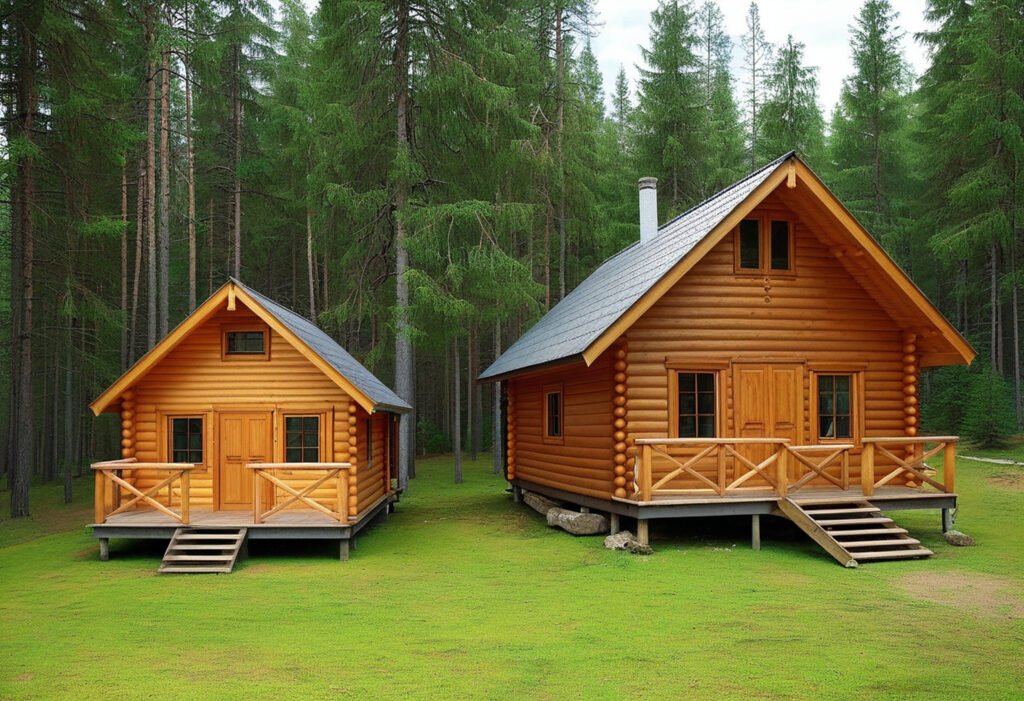
Understanding regulatory requirements is a vital part of choosing between housing options.
Zoning laws for tiny homes vs cabins
Your dwelling’s legal classification affects where you can place it. RV regulations often apply to tiny homes on wheels, which limit full-time living. Traditional home permitting processes guide standard cabins – they’re more straightforward but cost more upfront. Local authorities set minimum square footage requirements (400-600 square feet) that create challenges for tiny homes. Some local governments see tiny houses as accessory buildings that need fewer permits.
Financing options and loan availability
Tiny homes rarely qualify for traditional mortgages. Most banks set minimum loan amounts above the iny homes’ price range. Here are the typical financing paths:
- Personal loans that come with higher interest rates and shorter terms
- RV loans available for certified tiny homes on wheels
- Chattel mortgages, where the lender owns the property until final payment
- Builder financing through mutually beneficial alliances with lending companies
Interest rates for tiny home loans range from 6% to 15%, and terms span 5 to 25 years.
Resale value and investment potential
Tiny houses differ from traditional homes because they don’t gain value over time. Homes built on wheels lose value much like vehicles. Fixed-foundation tiny homes might retain value better, but their specialized market makes sales difficult. The land itself usually proves to be the real investment since it gains value even if the structure doesn’t.
Conclusion
Your financial goals and lifestyle priorities will help you decide between a tiny cabin and a standard cabin. The price difference is a big deal as it means that tiny homes cost roughly 87% less than standard houses upfront. These savings go beyond the original purchase – tiny cabins use 60% less energy and cut water usage by about 90%.
The choice goes way beyond money, though. Living in a tiny house means you’ll have to change your lifestyle quite a bit. You’ll need to cut down on your stuff, get used to less privacy, and clean more often in a compact space. Getting a loan isn’t as easy either – interest rates are higher and loan terms are shorter than regular mortgages.
Limited space brings its own set of pros and cons. Standard cabins give you more room for families and hobbies. Tiny homes push you toward a simpler life and often bring families closer together. On top of that, you might face restrictions about where to put your tiny home, especially if it has wheels.
Tiny cabins might not grow in value like regular houses, but they’re an affordable option without huge debt. The real savings show up over time – you’ll pay less for utilities, maintenance, and property taxes by a lot.
Take time to weigh your lifestyle needs against the money you’ll save. A tiny cabin could save you thousands now and hundreds each month. But these savings won’t matter if you feel stuck in a tight space. Standard cabins offer more room and easier financing options, but cost much more now and later.
No matter what you pick, looking at all the costs – not just the purchase price – will help you find a home that fits your budget and lifestyle for years to come.

